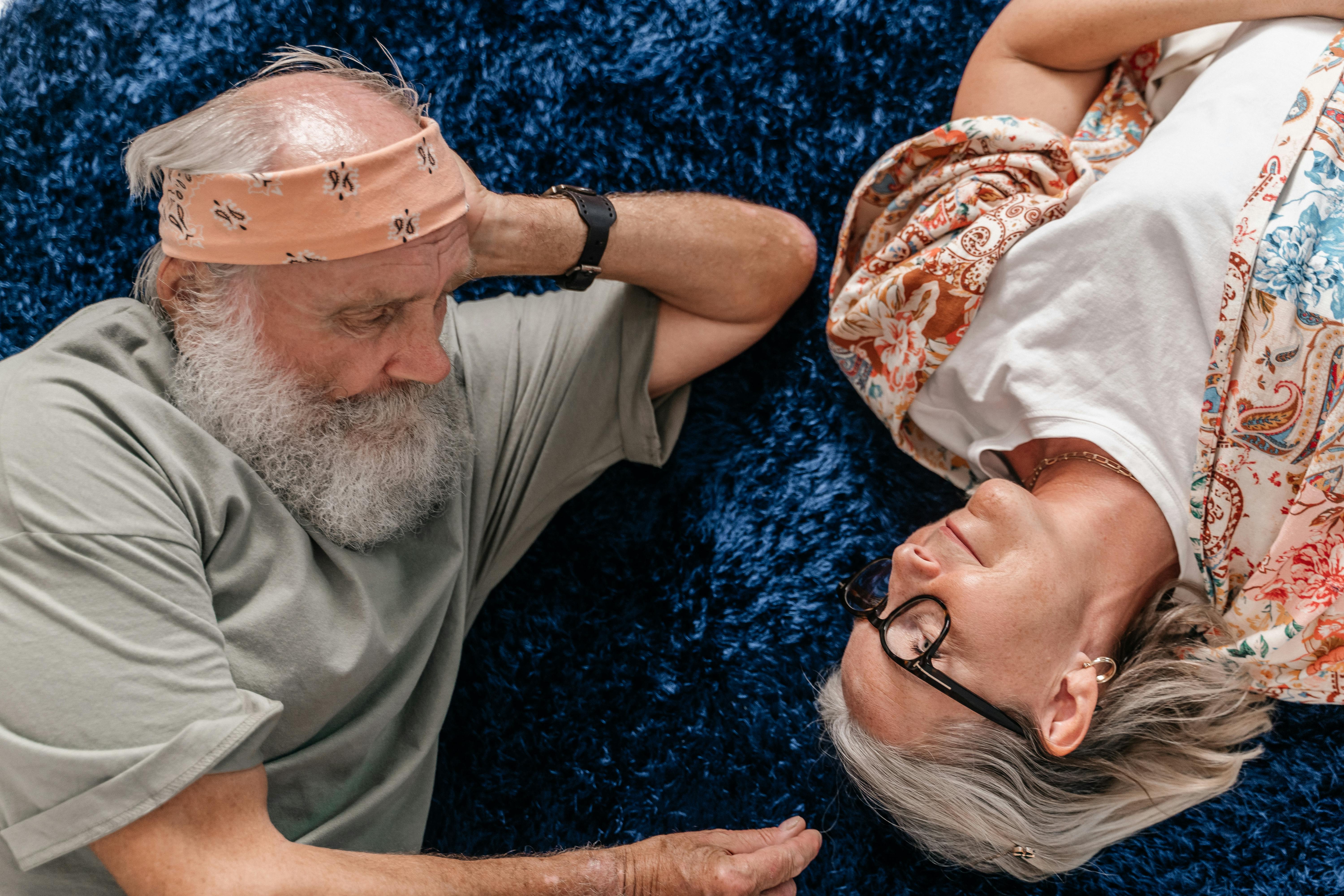MixerMDM: A Novel Approach to Composing Motion Diffusion Models for Realistic Animation

Top post
Composition of Motion Models through MixerMDM: A New Approach for Realistic Animations
Creating realistic human movement in computer graphics is a complex challenge. Traditional methods often reach their limits, especially when it comes to depicting complex motion sequences or subtle nuances. Motion Diffusion Models offer a promising approach to overcoming this challenge. These models utilize the principles of diffusion to generate realistic motion sequences from random noise. A new research contribution now introduces MixerMDM, an innovative method that enables the composition of different motion diffusion models, significantly expanding the possibilities of animation.
How Motion Diffusion Models Work
Motion diffusion models operate on the principle of gradual refinement. Starting from a state of pure noise, the motion is progressively refined through the iterative application of a denoising function until a coherent and realistic motion sequence emerges. These models learn from large datasets of human movement and can thus extract the underlying patterns and structures. This allows them to generate new, realistic movements that resemble the training data.
MixerMDM: The Art of Composition
MixerMDM goes one step further and enables the combination of different motion diffusion models. By combining models specialized in different motion types, complex motion sequences can be created that unite the strengths of the individual models. For example, a model for walking motions could be combined with a model for arm gestures to create a realistic animation of a person gesturing while walking.
The innovation of MixerMDM lies in its learnable composition. Instead of simply concatenating the models, MixerMDM learns how to optimally combine the individual models to achieve the desired result. This is achieved through a special algorithm that dynamically adjusts the weighting of the individual models during the generation process. This allows MixerMDM to optimally utilize the strengths of the individual models while compensating for their weaknesses.
Applications and Potential
The possibilities of MixerMDM are diverse. In game development, more realistic and varied character animations could be created. In the film industry, elaborate animations could be produced more efficiently. MixerMDM also offers great potential for generating natural and believable movements in robotics and virtual reality.
The Future of Motion Animation
MixerMDM represents a significant advance in research on motion diffusion models. The ability to combine different models and leverage their strengths opens up new avenues for creating realistic and complex animations. Future research could focus on improving the learning algorithms and expanding the application areas. It is expected that motion diffusion models, and particularly approaches like MixerMDM, will play an increasingly important role in computer graphics and related fields in the future.
Bibliographie: - Barquero, J., et al. "PriorMDM: Motion-Aware 3D Point Cloud Completion with Diffusion Probabilistic Models." - Tevet, G., et al. "Human Motion Diffusion Model." - Zhang, S., et al. "Awesome Motion Diffusion Models." - "Lecture 13: Motion Diffusion.".png)


